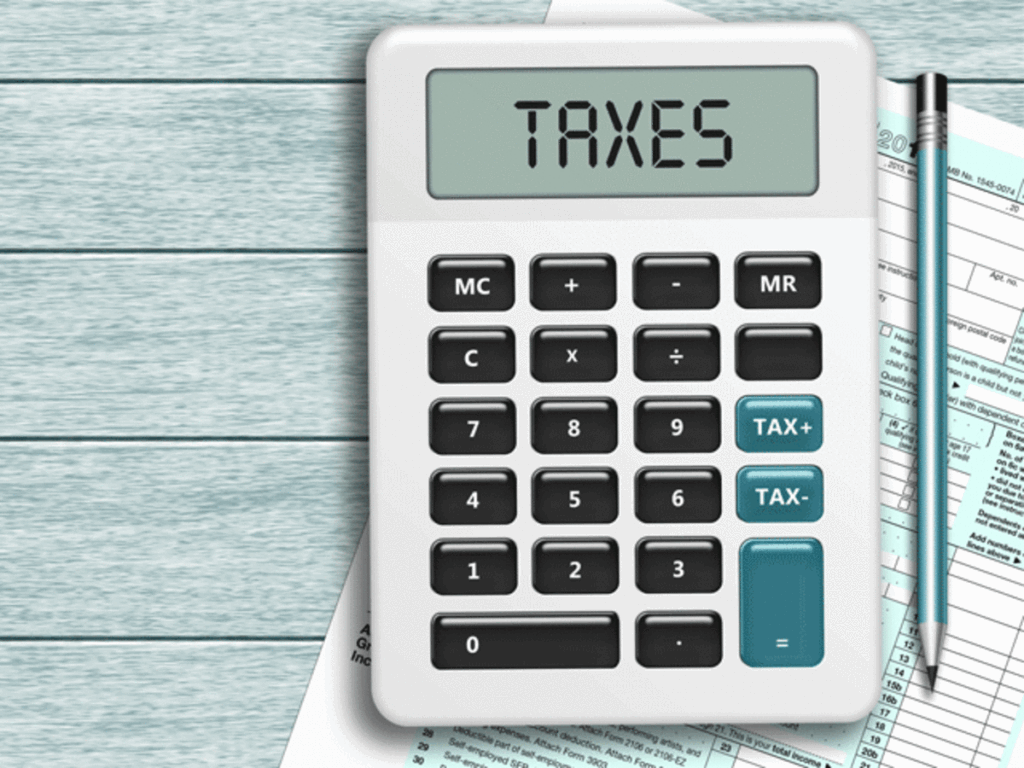Many people don’t realize that when you own stocks, you are also responsible for keeping track of the stock’s performance. This can be a daunting task if you don’t know where to start. The first step is understanding how to calculate your stock gains or losses. This will help you keep track of your investments and see how they are performing. In this blog post, we will walk you through the steps of how to calculate your stock gains or losses.
What is a Stock?

When you buy a stock, you are buying a piece of ownership in a company. Publicly traded companies are required to disclose their financials, so you can see how profitable they are and what kind of growth they are experiencing. You can also research the management team, the board of directors, and get a general feel for the company before you invest.
When you purchase a stock, you become a shareholder. Shareholders have certain rights, including the right to vote on corporate decisions and the right to receive dividends (if declared by the Board of Directors). Most shareholders invest in stocks with the goal of earning a return on their investment through capital appreciation (an increase in the stock’s value) or dividends.
There are two main types of stocks: common stocks and preferred stocks. Common stocks entitle the shareholder to voting rights and potential dividends, while preferred stocks generally do not come with voting rights but may offer higher dividend payments. When it comes to calculating stock gains and losses using a stock profit calculator can be very helpful.
How to Calculate Your Stock Gains or Losses?
There are a few different ways that you can calculate your stock gains or losses. The first way is to simply take the current market value of your shares and subtract the original purchase price. This will give you your absolute gain or loss.
Another way to calculate your stock gains or losses is to factor in the dividends that you may have received. For example, if you purchased 100 shares of XYZ stock at $50 per share, and it is now worth $60 per share, you have made a $10 per share capital gain. However, if XYZ has also paid out $5 in dividends per share since you purchased it, your total return would be 15%.
Finally, you can use a more sophisticated method known as the stock profit calculator to calculate your stock gains or losses. This method takes into account the current market value, the original purchase price, the dividends paid out, and the number of shares you own.

Conclusion
Calculating your stock gains or losses may seem daunting at first, but it’s actually quite simple. All you need to do is take the current price of the stock and subtract the original purchase price. If the resulting number is positive, then you have made a gain; if negative, then you have suffered a loss. However, there are a few other factors to consider before making any decisions, such as taxes and commissions. With a little practice, calculating your stock gains or losses will become second nature.






